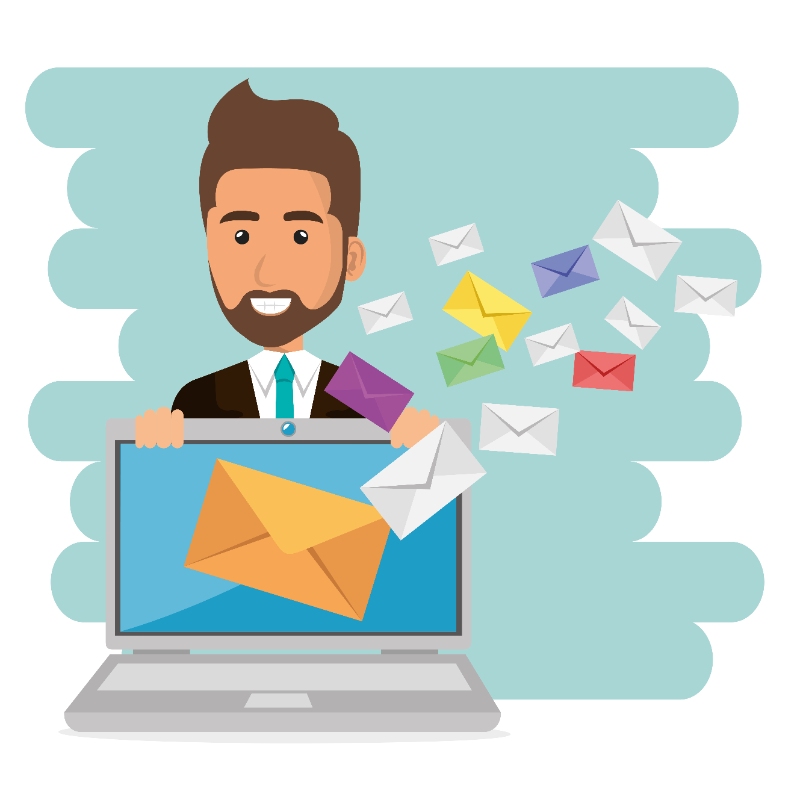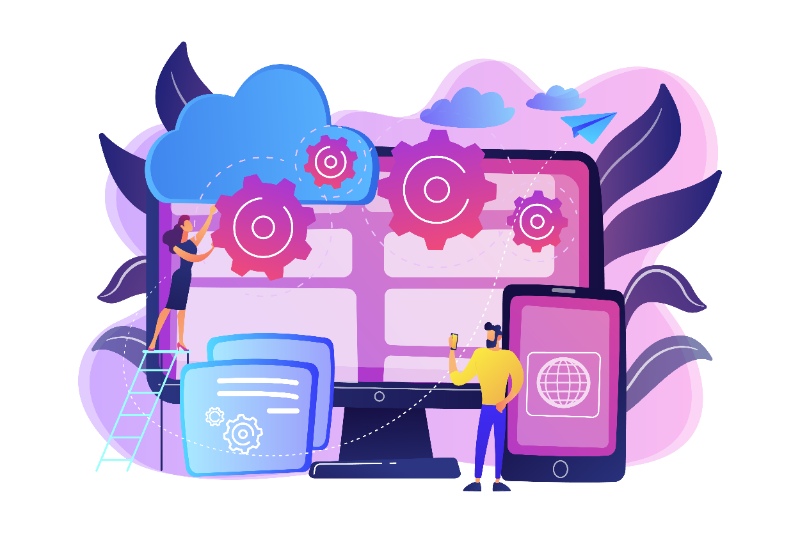Enhance Email Campaigns with Self-Service Demos for Better Engagement

Discover how integrating self-service demos into your email campaigns can drive engagement, increase ROI, and accelerate your growth. Learn best practices and strategies to effectively use demos in your SaaS marketing efforts.
Location. Location. Location.
That isn't just the mantra of the realtor, the prospective homeowner or prospective coffee shop mogul. It belongs to us marketers too.
Think about it. You have a customer that's just ripe for your SaaS tool. You have a solution to their problem. You may even have clients in their industry who are effectively outpacing this customer because of their technology stack, which of course, includes your fantastic SaaS tool. This customer however, spends most of their day fighting (metaphorical) fires. And most of their day is spent at their desk, usually on email.
What's the location? Their mailbox.
The Problem with Traditional Demo Approaches
You send them an email with an intriguing subject - one that teases at their particular problem. They open it. They read your expertly written copy; copy designed to fill them with curiosity about your excellent solution. It may even contain a quote from their competition! Now, you've really got their attention.
All they have to do is click a link in the email, navigate through your website, fill up a form, receive a call from a sales rep, answer discovery questions and then wait two weeks to be shown a super custom, super convincing demo.
Erm. You see the problem, right?
Your demo isn't on location.
But what if it could be?
What if you included a super specific self-service demo in that email? What if, all they had to do is click on the link in the email, land on a self-service demo, and discover how beautiful, beneficial, and downright effective your solution is?
You'd have an enthusiastic MQL on your hands, that's what. Or if you're further along in your PLG journey, you have a customer that has signed up for your free trial, or maybe even your product.
The best part, that's not the only use case where self-serve demos and email go hand in hand. Each time you launch a new feature, your target audience experiences it firsthand. Ditto fixes. Ditto updates.
Why Self-Serve Demos Can Revolutionize Your Email Marketing
Email marketing provides a significant ROI. It makes us money: for every $1 spent on email marketing, businesses can expect an average return of $36. That’s a higher return than you can expect from any other form of marketing — digital or otherwise. Of course, that's when email marketing is done right: you target the right audience, get the message right, and generate enough interest for the audience that they take the next step.

This is where Self-Serve demos shine.
For starters, they're clutter breaking. They make your emails stand out. You don't have to spend all that time and text 'telling' when you could be 'showing'. Nothing is more off putting than a marketing email that extends below the fold. You get to keep your copy tight and intriguing, and let your self-serve demo do the showing.
Second, they give you greater engagement. Let's face it, there's not much to engage with in an email, no matter how well written and on point. The audience doesn't get to do anything. Here, they get to play with a tool, and firsthand experience how easy it can be to solve a problem they're struggling with.
Third, you're already doing most of the work. You've identified your ICP, their problem, the messaging, and you know what you want to show them when they respond. This is just skipping that extra step in the middle. You now get to use all that intelligence in the most effective way possible.
Lastly, it involves minimal investment. Tools like SmartCue make it easy to churn out highly custom self-serve demos at scale. And, as mentioned just one para ago, you're already doing all the marketing work that goes into targeting the right people, the right way.
SmartCue's Best Practices for Self-Serve Demos to Boost Email Engagement
Now that all your work on creating a super effective campaign has paid off in a click on your demo link, you need to make sure that your demo absolutely smashes it out of the park.
First, make sure your demo is easy to understand and interact with. It needs to be intuitive enough that no user ever needs instructions. If you have sections that might be tricky, use on-screen guidance. In fact, use on-screen guidance anyway.
Second, personalize the demo as much as possible. This is no time for a one-size-fits-all. Tailor your demo to the specific needs and pain points of your very specific target segment.
Third, make sure your demo works well on All Devices. No joke. Most people access their email on the go, on their devices. If it doesn't work well on mobile, it's going to cost you.
Lastly, incorporate a clear and compelling call to action. Whether it's signing up for a free trial or scheduling a personalized demo, make sure there's no confusion about what users need to do.
Tracking the Success of Your Self-Service Demos: Key Metrics
Metrics such as open rates, click-through rates, and conversion rates can give you a clear idea of how well your demos are performing. Also, consider using advanced analytics tools that track user interaction. These can help you understand how users are engaging with the demo, which features they're most interested in, and where they might be dropping off. SmartCue does this with great aplomb. 😁 It also helps you course correct your demos quickly, and with minimal effort.
The ultimate aim of your product demo is not just to boost email engagement rates but to convert these engaged users into paying customers. So track how many users went on to sign up for a free trial, schedule a personalized demo, or make a purchase (always good to track which CTA is working best too!).
Of course, you can use all of this data in other interesting ways:
Learn to recognise high-intent leads: Put your analytics to use to recognise behaviors that signal readiness - has the user come back to the demo a second time? Did they meander over to related demos? Are they also reading your blog?
Prioritize who gets to talk to sales: Prospects who've been through a self-service demo are more likely to be serious buyers.
Alert sales to active opportunities: Do you have a number of people from the same organization playing with various self-service demos? Are your analytics telling you of increased interest from companies of a particular size/use case/industry?
Create opportunities for service recovery: We've all got users who don't finish demos. Reach out, and ask them what didn't work. It's really great quality feedback, and it's free.
Conclusion: Unleashing Growth with Self-Service Demos in Email Campaigns
In PLG, the aim is to get our product to sing. With self-service demos embedded into outbound marketing campaigns, you're giving your product a bigger platform to sing from. You're also giving yourself a front row seat to how well the product performs, all on its own.
Sometimes, that can be sobering. It shows us where we're failing, where we aren't on point, and where the product needs to up its game. These are all good things. Particularly when you're a young company and haven't yet acquired an enormous customer base. It means you get to start strong and deliver to the bulk of your customer base, which is still out there!
Don't be afraid to let go. The more self-service demos you send out, the more you learn. The more you learn, the more you improve. The more you improve, the more your product sells itself. The more the product sells itself, the stronger your growth trajectory. The stronger your growth trajectory, the easier it becomes to sell (even to the hardened skeptics out there).
And just like that, you'll have created a virtuous cycle of growth and success.
Comments
Your comment has been submitted successfully!